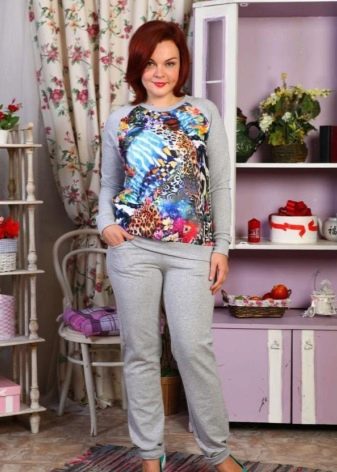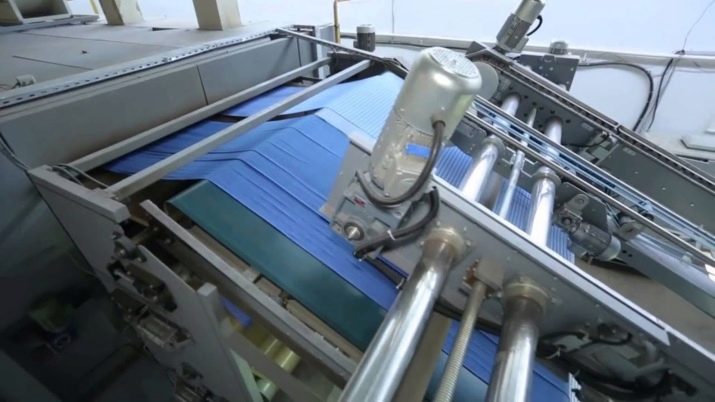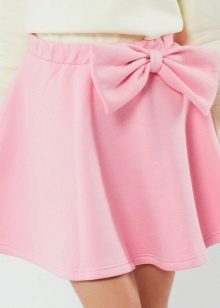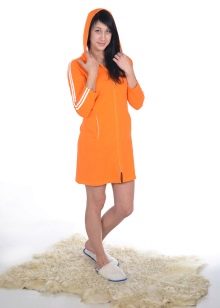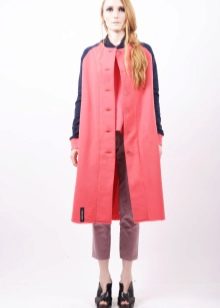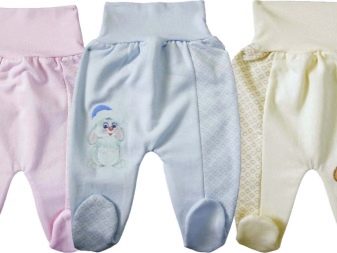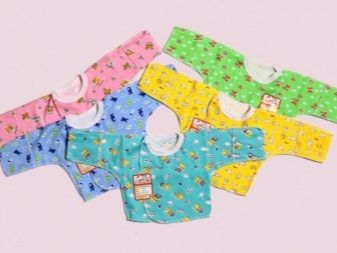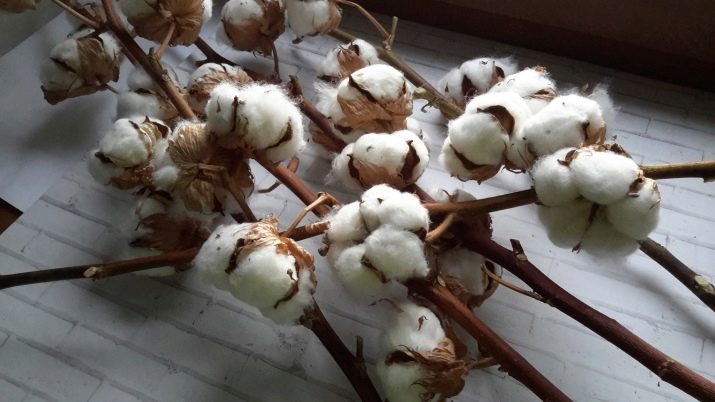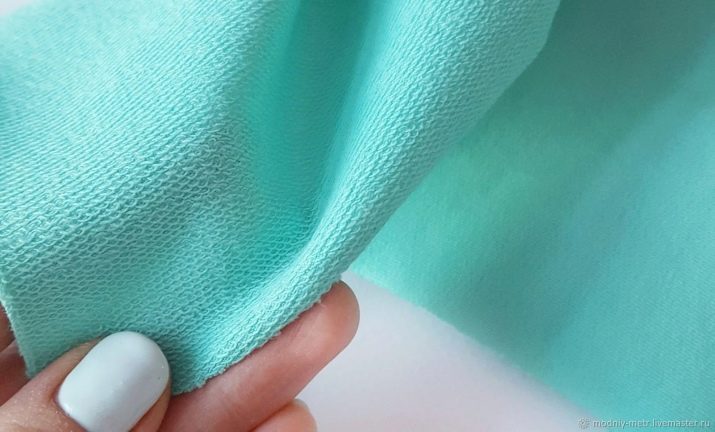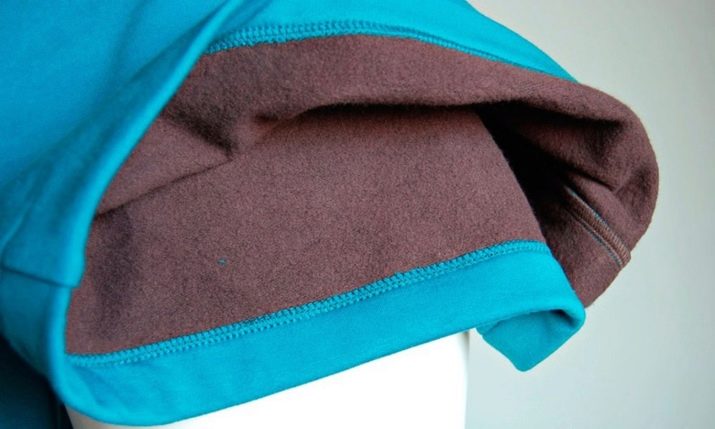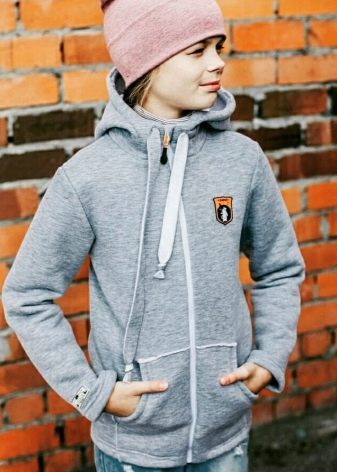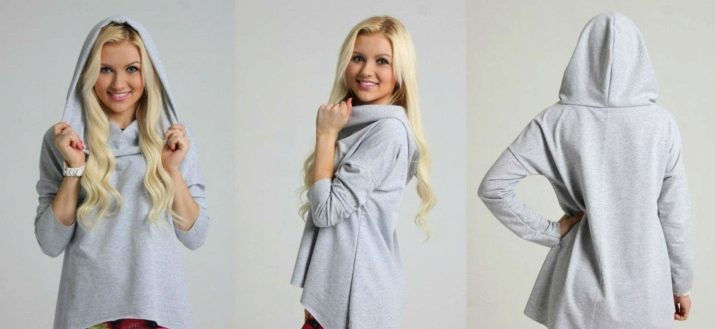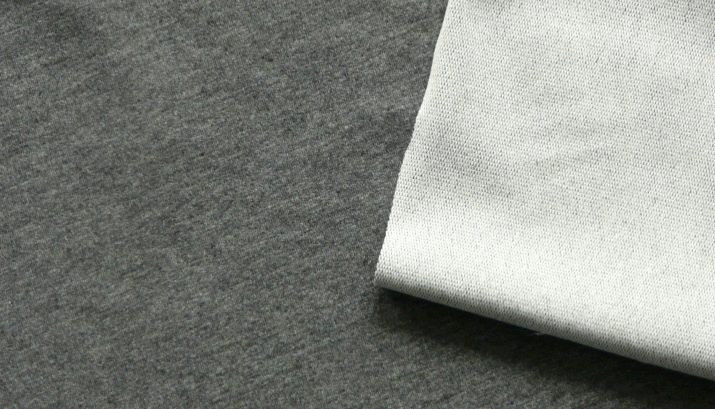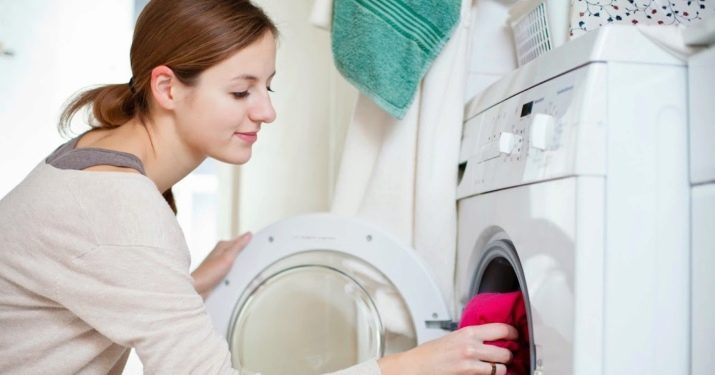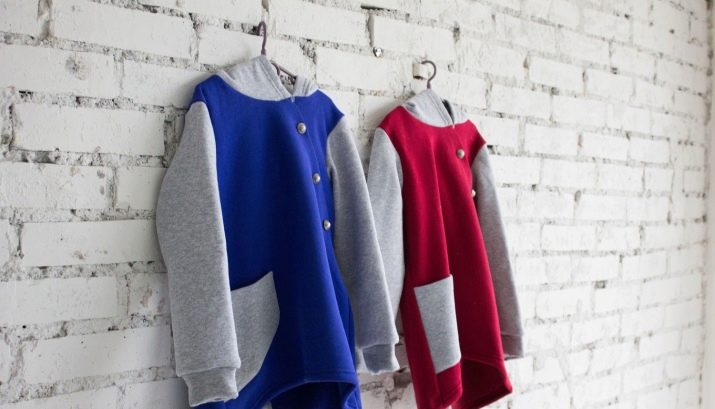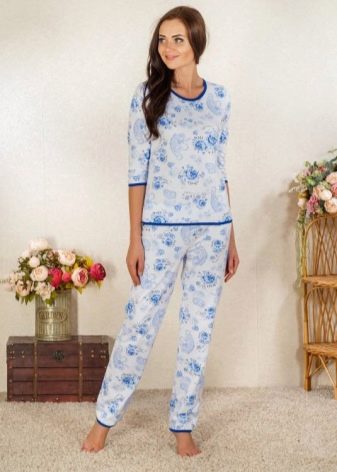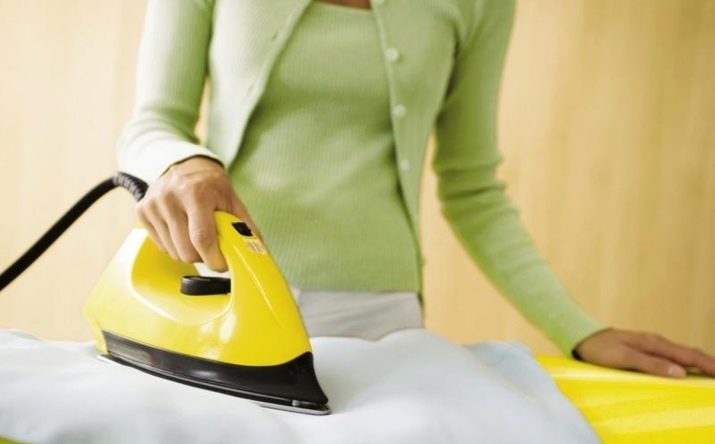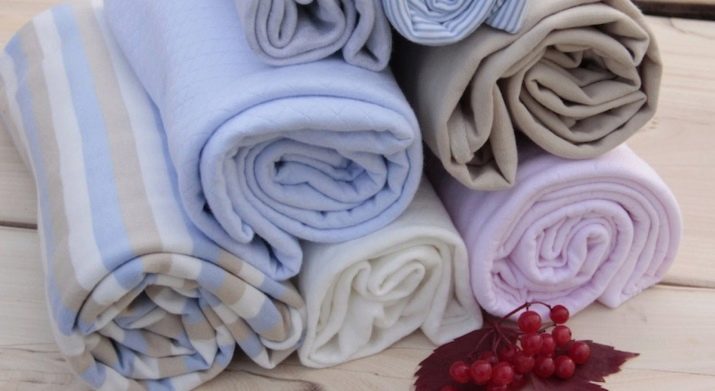Two-thread footer with lycra: fabric composition, properties and application
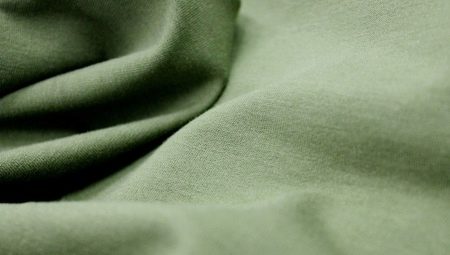
The footer unites in itself the best qualities of natural fabric. This material with a smooth surface and a soft inside out almost does not wrinkle, retains its appearance even after repeated washings. This fabric is used for tailoring of children's, adult and even informal clothing, which is distinguished by comfort. In order to keep the footer clothing in its original form and shape, polymer fibers, such as lycra, are added to the fabric.
Material description
Footer is a variant of knitwear, which is made on special equipment. The main difference is that for its production two threads are used, one of which creates a smooth base, and the second - soft fleece. But there is also a single-thread footer, based on exclusively cotton fibers, and a three-filament, which contains up to 20% artificial additives.
The composition of the first lining cloth included exclusively cotton fibers, but then To improve wear resistance and improve the appearance of the material, other fibers were added to the composition.
- Synthetic (polyester, lycra) - improve the elasticity and appearance of the material. Women's gowns, skirts, sweaters, tracksuits, and so on are sewn from this fabric.
- Wool - makes the material warmer, but after washing it can significantly "sit down". The fabric is rather coarse and suitable for outerwear (coats, jackets, etc.).
From a footer without additives, clothes are usually sewn for newborns (sliders, hats, vests, and others). Even such clothes are suitable for people prone to skin allergies.
Double-stitch footer is made of cotton fibers. These fibers are obtained from cotton, the fruits of which are filled with soft fluffy threads. Fruits are harvested by hand or with the help of combines, then go through the process of cleaning from seeds and impurities, are sorted by fiber length, pressed, and the result is yarn, which is used to make fabrics.
The special structure of the footer is obtained by interweaving two different types of threads:
- smooth and strong for the base;
- soft and fluffy, low twisted.
In order for things to retain their original appearance longer and not to deform, synthetic threads are present. The special interlacing allows to receive strong and at the same time elastic fabric.
Bouffant on the wrong side can be with long and short fibers, which affects the density and softness of the fabric. The density of the footer is from 170 to 350 g / m2.
The composition may be:
- lycra;
- wool;
- viscose;
- polyester.
The thickness of the thread and the percentage of additives affect the density of the material, but among the general properties can be identified:
- softness;
- strength;
- excellent ability to pass air and retain heat;
- does not hinder movement;
- does not require special care;
- affordable price.
Among all the synthetic additives for the footer, Lycra stands out, the percentage of which can be from 2 to 20%. Even a small amount of this fiber makes the footer canvas elastic, prevents stretching of the product during the process of wearing, and also gives a good fit of the silhouette. The footer with additives of not more than 5% retains all the benefits of natural fabrics and does not provoke irritation on the skin.
More synthetic fibers are used mainly for the production of clothing that does not come into contact with the skin (sweatshirts, cardigans, etc.).
Artificial additives in tissues almost always cause negative attitudes among consumers. But elastic threads in natural fabrics improve the quality of the material and prolong the life of the product. Products made of pure cotton during socks can bristle, poorly fit the figure, the seams on the products are thick, and things wear out quickly. But the addition of lycra eliminates the material from the flaws, it stretches well, while retaining the original shape and appearance.
You will learn more about the footer of the spiderman by watching the following video.
Lycra two-thread
Elastic and durable knitwear. Products from this fabric sit well on the figure, favorably secrete advantages and hide flaws, the material absorbs moisture well and retains heat.
The canvas is made on knitting machines using a special technology, on which threads are being tied into the main fabric from the inside. This method of knitting allows you to get a soft and durable material with a pile. Lycra is added to one of the threads when mating, the result is a durable stretch material. Even a small percentage of lycra significantly changes the external characteristics of the fabric.
Advantages and disadvantages
What is the advantage of footer cloth:
- environmental friendliness and hypoallergenicity - pure cotton with a minimal amount of lycra, which does not belong to allergens, practically does not cause allergic reactions even in susceptible allergies;
- warm - natural fibers and a good bouffant on the seamy side make it possible to retain heat as much as possible without creating a “greenhouse” effect;
- stretches well - knitwear easily takes the form of the body and does not hamper movements, it was this quality that made the footer the most common material for tailoring for young children;
- absorbs moisture well - the fabric removes moisture from the body, preventing cooling;
- easy to clean - The material tolerates washing in a washing machine.
The disadvantages of the footer include:
- at high temperatures, the fabric may be deformed - it is undesirable to wash the products from the footer in hot water or to dry on batteries;
- does not withstand direct sunlight.
Advantageous difference of footer from other types of natural cotton fabrics is that this material is almost not wrinkled.
Types of fabric
There are several types of footer, which differ in consumer characteristics (number of threads, strength, etc.).
- Single thread - a thin material from natural fibers, with a soft reverse, it is mainly suitable for tailoring for children.
- Double stitch - fabric with the addition of synthetic threads, most often lycra, with a pile on the seamy side. This is a more dense material with a large pile on the wrong side. This canvas is suitable for sewing clothes for home and sports, pajamas, golf, as well as a two-thread can be used as a lining.
- Three thread - very durable fabric, which consists of three interlaced threads and has up to 20% of synthetic impurities. The thickest material of all, with a thick pile on the wrong side, in its composition may be wool. From it you can sew outerwear, insulated suits, and even sleeping bags.
Use cases
From the footer you can sew a lot of useful and beautiful things:
- clothes for children - body, blouses, suits for the youngest, whose skin needs special care, are made from soft and warm material, and frequent washing does not spoil the look of the product, which is important for children's clothes;
- clothes for everyday life;
- linens;
- home clothes, pajamas, bathrobes;
- tracksuits;
- insulated underwear.
How to care for clothes?
Two-sided footer with lycra is a durable and easy-to-care material, but if you properly care for the product, it will allow you to keep its appearance longer.
The rules of care for the footer are simple:
- fasten the product before washing, turn it inside out, it is recommended to wash clothes with accessories in a special bag;
- wash at a temperature of 30-400 ° C, preferably in delicate mode;
- use special detergents to preserve color;
- do not use bleach;
- It is not recommended to use an automatic dryer;
- do not dry in the open sun;
- to iron from the seamy side using the “Synthetic” mode.
Reviews
Parents note that children's clothing made from this material is not only beautiful in appearance, but also in its quality. In such clothes, the child does not freeze, and does not sweat. And also things do not wear out for a long time, despite frequent washing.
Significant advantage is the relatively low price of things from the footer. Children grow up very quickly, and new clothes have to be bought quite often.
Adults and fans of an active lifestyle did not remain indifferent to products made of footer. Athletes note such a property of the footer as elasticity, the ability to absorb moisture, retain heat and withstand heavy loads.
And those who use the clothes of their footer in everyday life are attracted by the beautiful appearance and quality of products that do not stretch and remain “like new” even after prolonged use.
